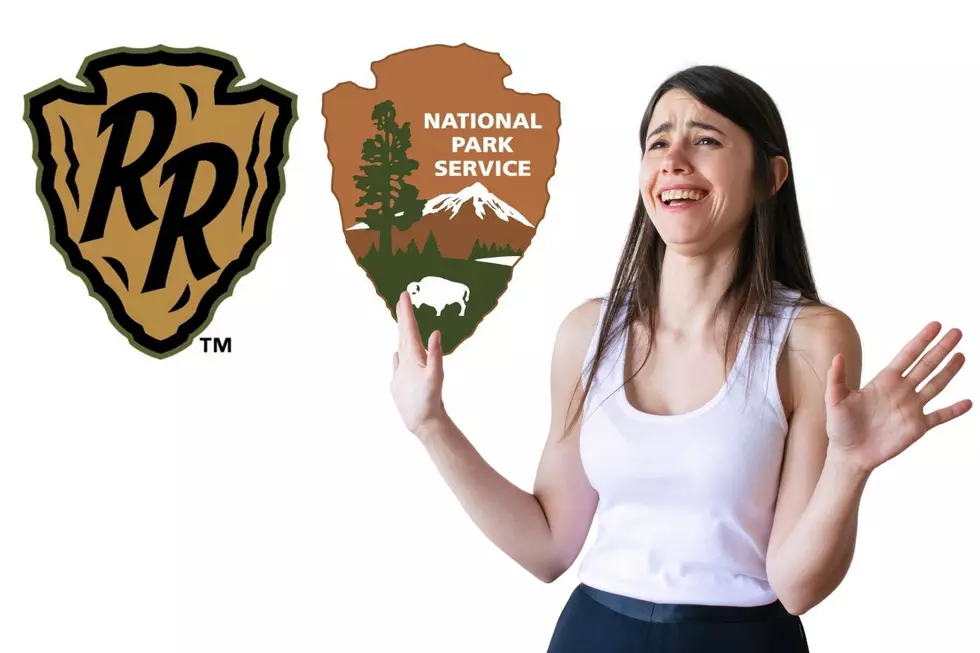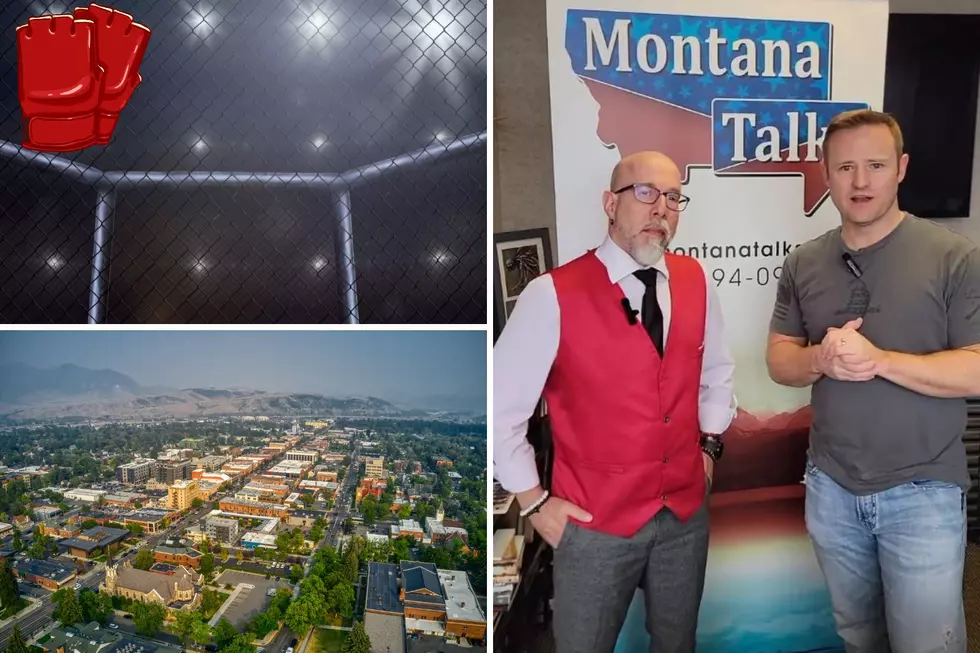
Coldest 30-Day Stretch in Billings, Montana Since 1996
If you're new to Montana- suck it up buttercup. This is how we roll.
This morning it wasn't just cold in Billings, Montana- it was a biting cold. KRTV reported Tuesday night that lows in parts of North Central Montana could be down to 35 below zero with wind chill factored in.
It wasn't just cold today in Billings, it's been cold for a while. In fact, as the National Weather Service Office in Billings, Montana reports- this stretch of cold weather is the coldest since 1996, and the 5th coldest on record for this time period.
NWS Billings: Over the past 30 days, from Nov 6 thru Dec 5, the average temp at #Billings of 24.5° is the 5th coldest on record and coldest since 1996. It hasn't been extreme cold, just persistent. #mtwx
Meanwhile, Missoula has received so much snow that they don't know what to do with it all. They're also warning of increased avalanche danger in the mountains in the West and in Southern Montana. All this as the climate "experts" told us back in 2000 that our kids wouldn't see snow due to climate change, and the Northern Hemisphere now logs a record.
Why the long stretch of cold weather? We caught up with Todd Chambers from the National Weather Service in Billings Wednesday morning:
Chambers: The main influence on that was that we did get a decent amount of snow in early November, not just here, but also into the Great Basin. And that kind of set the stage for consistent low pressure over the Western United States. It keeps the jet stream to the South of us, and keeps us relatively cool. And not having those big fluctuations where we get the really strong downslope winds that can push our temperatures this time of year up into the 50s and 60s. So we stayed kind of on the cool side of the jet, and that snow kind of stuck around for a while and helped keep us cool.
What's it looking like for the next 30 days? Listen to the full audio at the tail end of our 6 a.m. hour on "Montana Talks with Aaron Flint":
LOOK: The most extreme temperatures in the history of every state
More From Montana Talks









